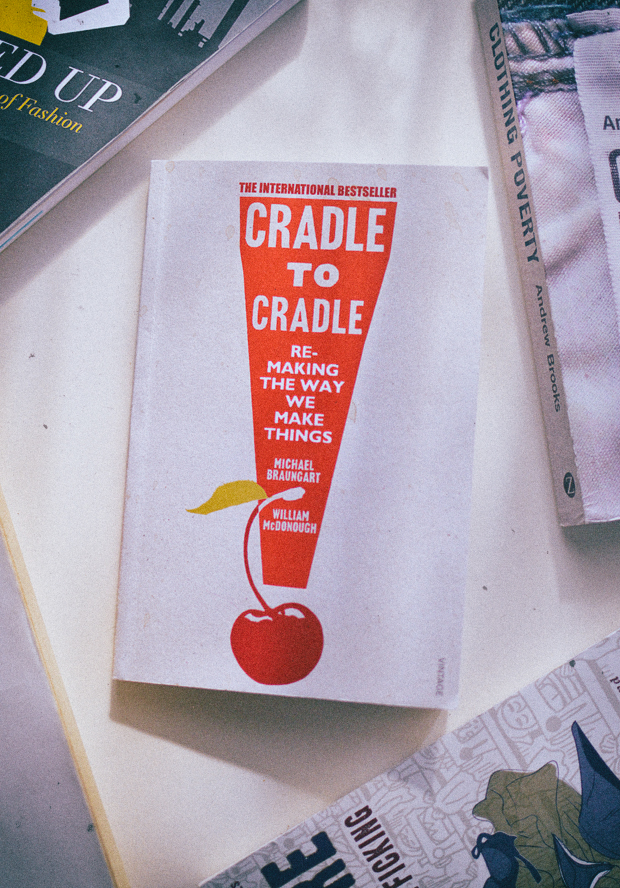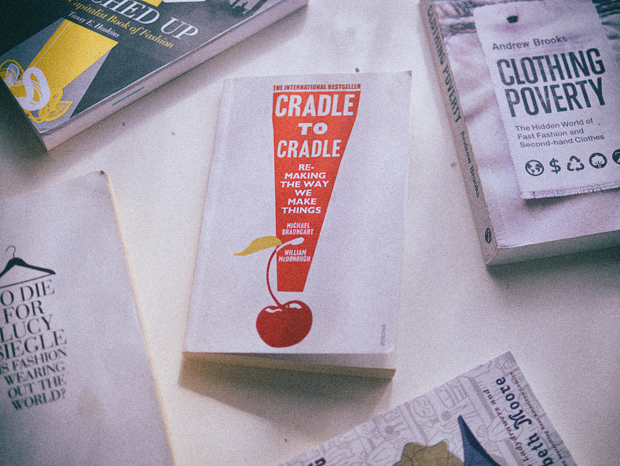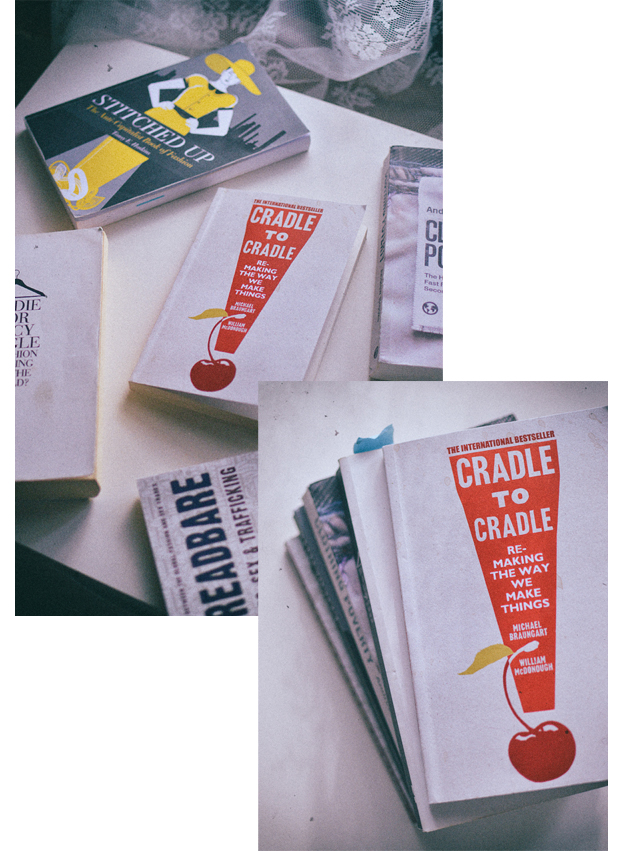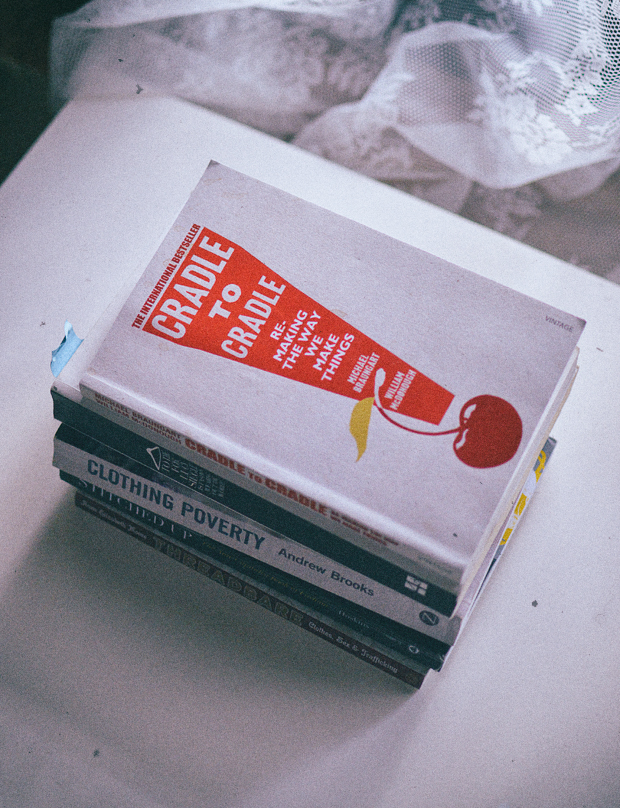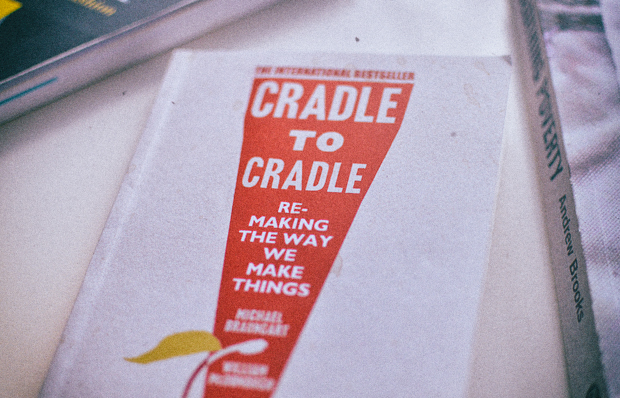Let’s talk denim, whether that’s in the form of fabric, a dress, a jacket or most commonly, a pair of jeans. It’s a fabric found in the majority of our wardrobes yet like with most of our clothes, we know little about how its made or what that can mean for the environment.


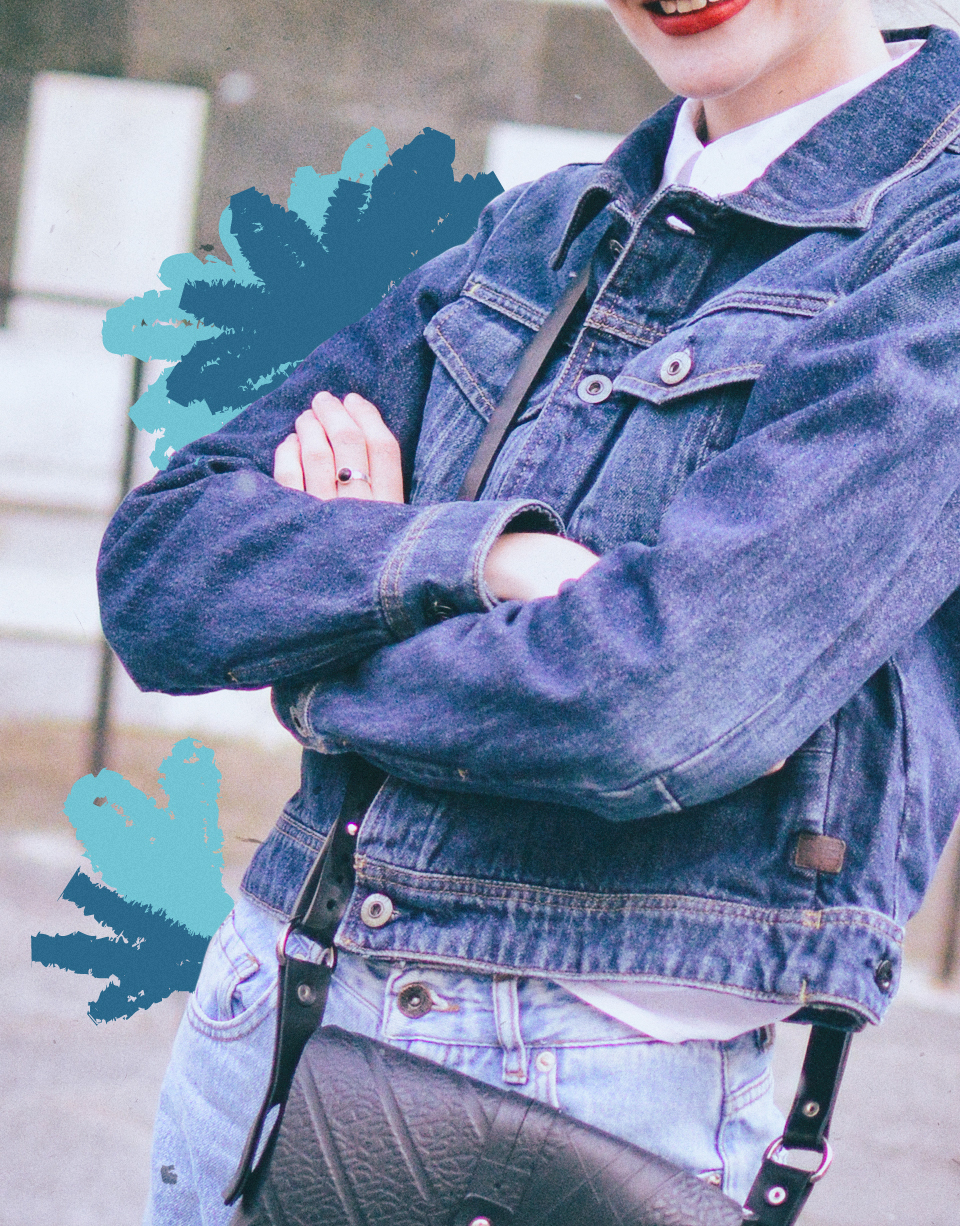
WHAT I WORE: D-Staq Deconstructed Denim Jacket £150.00 (G-STAR RAW)* // Mom Jeans (Pull & Bear – Old) // White Blouse (Stradivarius – Old) // Reina Upcycled Rubber Handbag (Paguro Upcycle)* // Dr Martens (Jumble Sale)
Originally, denim was produced for workwear, designed to be practical, durable and to age naturally over years of consistent wearing. It’s been almost 150 years since denim was first introduced to the world and since then, the manufacturing process and the styles of denim available to individual wearers have changed extraordinarily.
Denim isn’t built for hard-working use anymore, it’s produced in styles which are seemingly pointless (see: Vetements infamous ‘zipper butt jeans’) and it’s being sold in different shapes and sizes for just £10 on the high-street.
In the US, 96% of consumers own at least one pair of denim jeans, with the average number of pairs found in women’s wardrobes women being 7 per person – and that’s just jeans alone.
As with the rest of the fashion industry, ethics and sustainability have been abandoned for low prices, higher profit and an endless supply of choice for consumers. The biggest victim of denim? The world’s rivers and water systems.
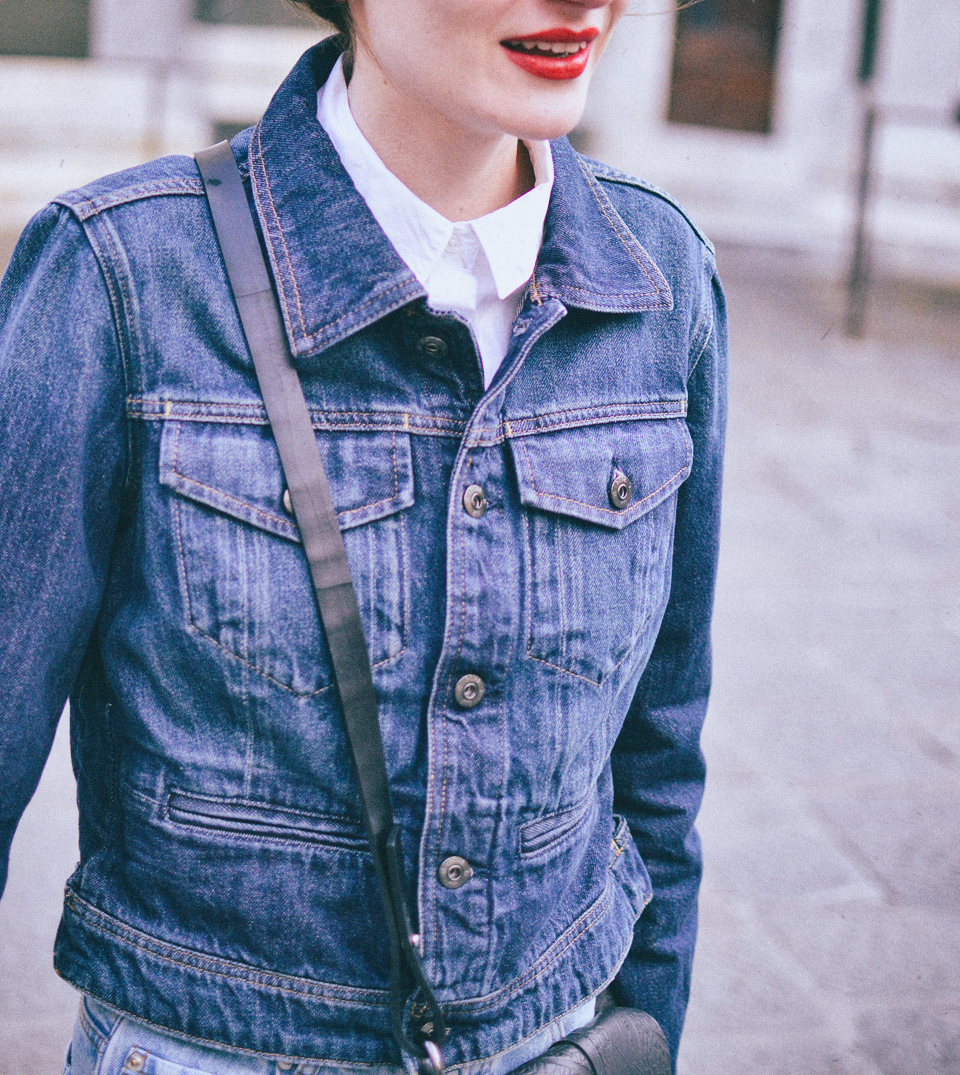
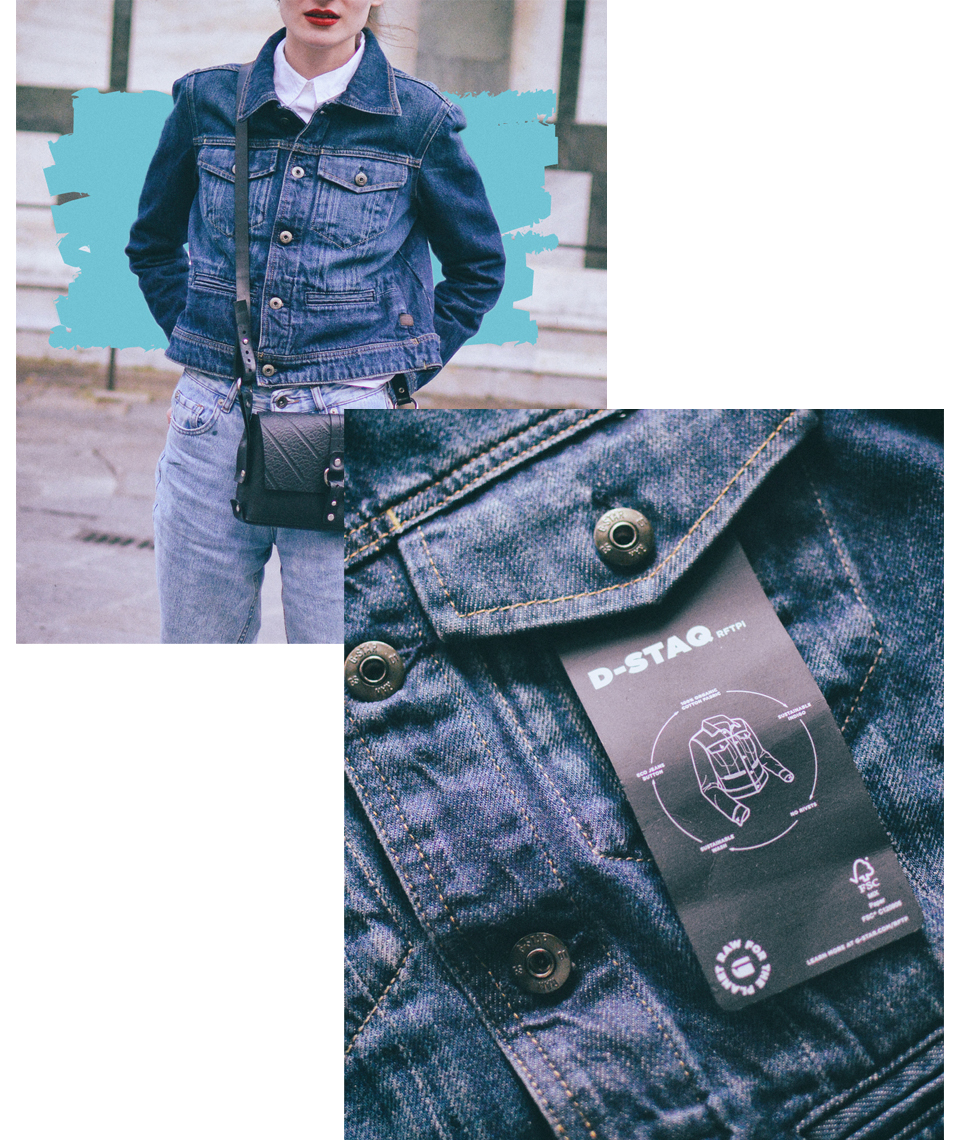
With documentaries such as River Blue allowing us to open our eyes to the damaging side-effects of denim production, we’re more easily able to comprehend the consequences of this mass-produced, highly appreciated fabric.
The reason that denim plays such a big part in the pollution of water isn’t just down to our constant love and addiction to the stuff. It’s down to the toxic process of creating it and using indigo dying processes.
Enter G-STAR RAW (who answered questions throughout this post) – a brand you may already be familiar with and may never have assumed were thinking sustainably. Admittedly, I tend to stay far away from big name brands when discussing these sorts of issues in a positive light, mainly to avoid what is usually, inevitable greenwashing. However, when I heard the news that G-STAR RAW was producing the “Most Sustainable Jeans Ever” it was hard to step away.
Now that I own the Deconstructed Denim Jacket from the range, it’s safe to say that I’m fairly impressed, especially due to the fact that the new sustainable range is Cradle to Cradle Certified, which if you read my post on Cradle to Cradle recently, you’ll understand is a substantial feat and certification for a brand to withhold.
When recycling jeans, in most cases the top block of the jeans –where it holds its zipper, buttons and rivets- is cut off completely. To improve the recyclability of the jeans we removed all rivets and zippers.
This minimizes the non-recyclable part to a fraction of what it would be without this adjustment. Where we still had to use buttons we used eco-finished metal buttons or recycled polyester buttons.
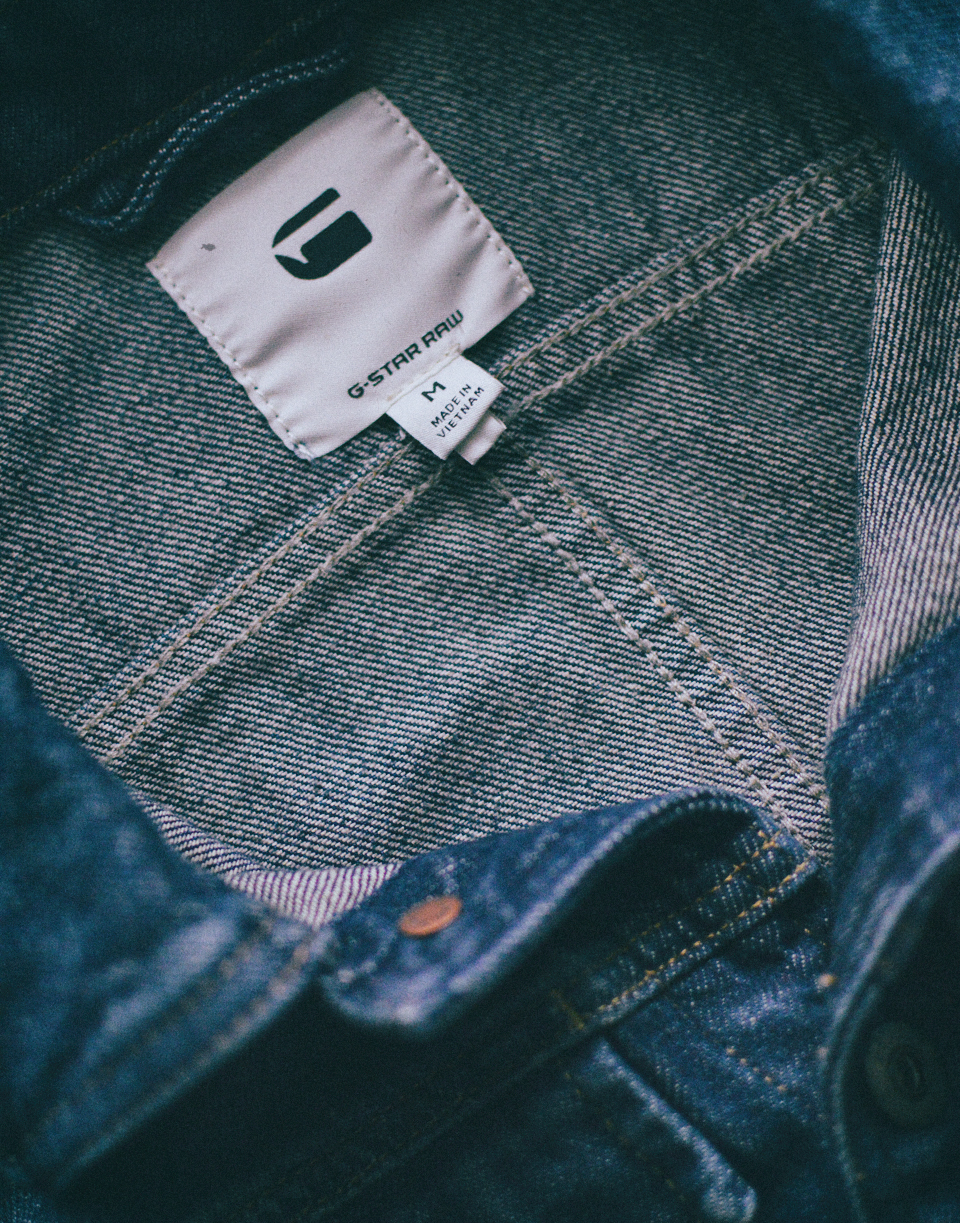
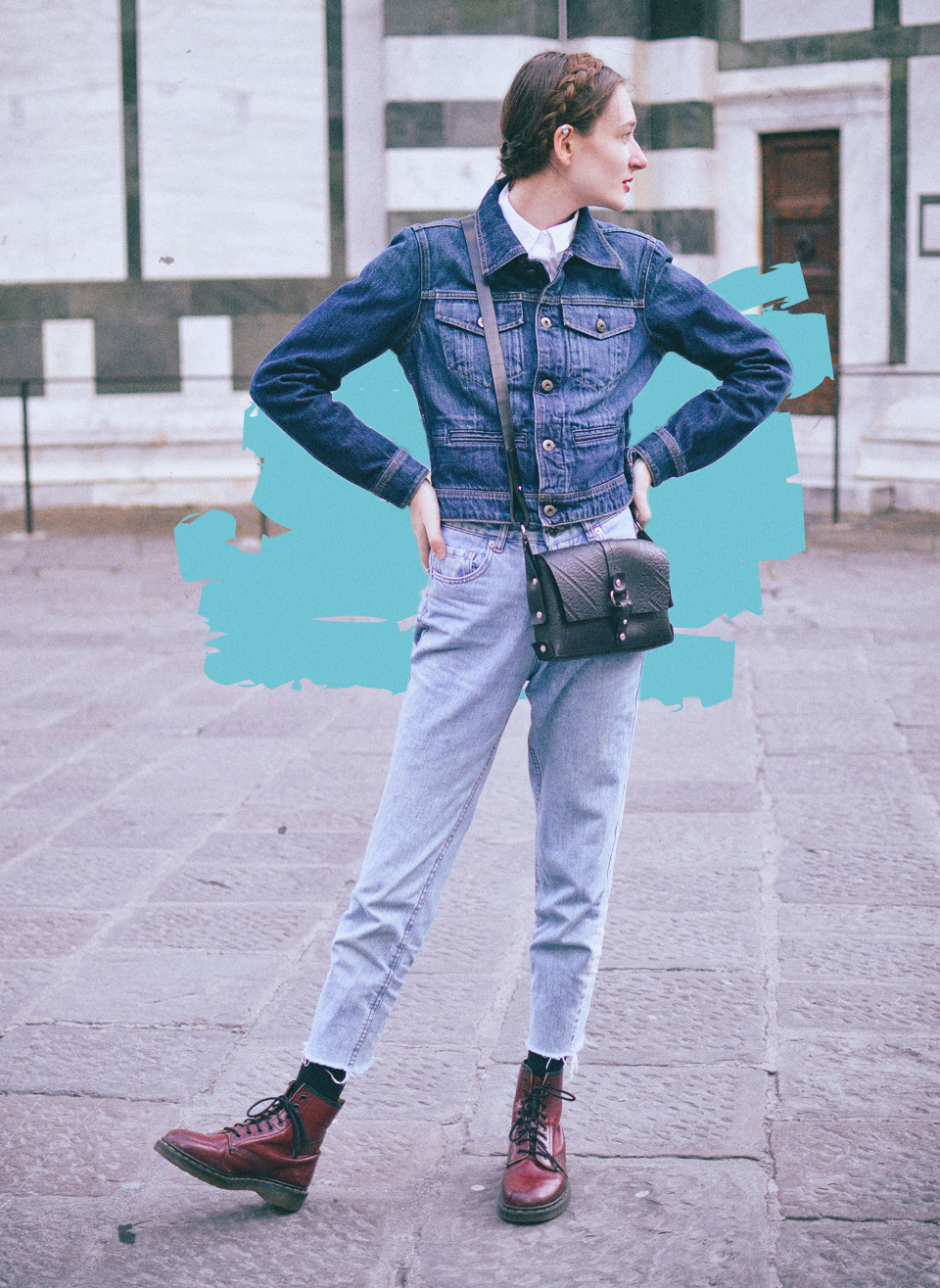
Twelve years ago we decided that sustainability needs to integrated into the heart of our business, that’s when we officially started our Corporate Responsibility department.
It has been an ongoing process ever since, a whole evolution of setting the agenda in track with the size of our business. But especially because innovation is at the very core of our DNA, and sustainable innovations are naturally a part of that, we are actually always working on our next sustainable innovations. It’s a path of continuous improvement.
The collection being Cradle to Cradle certified means that it is 98% recyclable as well as being technically biodegradable seeing as the denim is also produced with Organic cotton. The dying process uses 70% less chemicals than your average denim dying process which means that if the fabric were to eventually break down, less toxins would be released into the earth, along with less toxins being released into water systems in the first place.
But the potential and positives of this collection don’t just stop there, as G-STAR RAW have committed to keeping this eco-friendly denim production process as open source, meaning that the rest of the denim and fashion industry can take from it as they wish and apply it elsewhere.
The denim fabric that was used for Our Most Sustainable Jeans Ever was certified at the gold level by the Cradle to Cradle Products Innovations Institute and is now accessible for everyone via the Fashion Positive Library of the C2C institute and will hopefully be picked up by others in the industry.
The main reason for sharing this denim fabric knowledge is that we want to provide open access and hopefully inspire the entire industry to use it. We see that collaboration and sharing is needed to make a change happen in our industry and some things cannot be solved alone. We simply need more partners do to the same or collaborate to make a real impact.

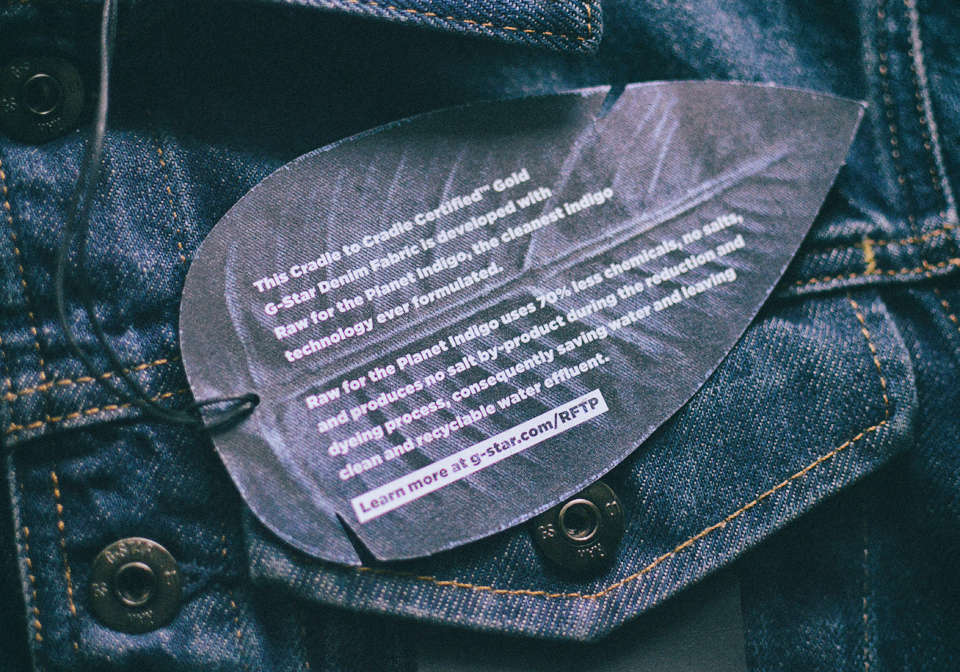
Although I don’t want to necessarily jump to agreeing with G-STAR that this is the “Most Sustainable Denim Ever” – vintage and second-hand denim is possibly the most sustainable option if you want to invest in it – I do truly appreciate what they’re doing in terms of starting to implement these ideals and ways of manufacturing across the board.
The more brands that step up to the plate and put their best foot forward in certain areas, the more effective change we will see occurring, even more so when it’s collaborative and is all with the intention of cleaning up the industry’s act.
The jacket is now one of my favourite’s style wise, which doesn’t hurt either.
You can learn more about G-STAR RAW’s new sustainable range here.
What do you think of the collection? Do you own any G-STAR denim? Let me know in the comments!
(This post is not sponsored. I was gifted a denim jacket from G-STAR RAW but was not obligied to review the collection. You can read my full PR disclaimer here.)







